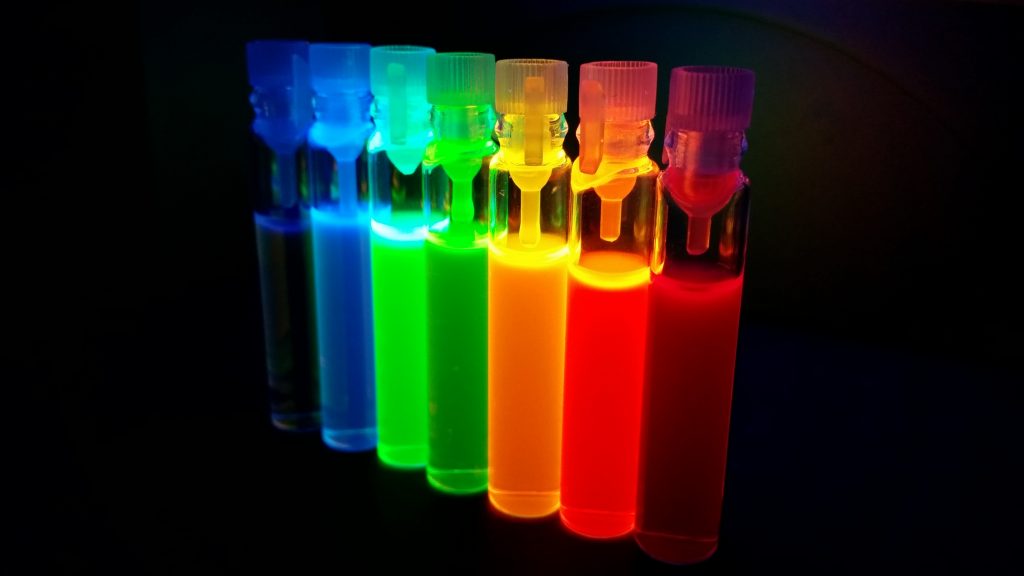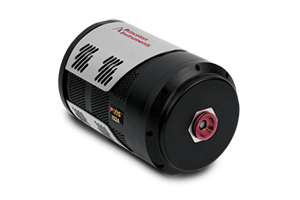Jing Zhao
The Journal of Physical Chemistry Letters
Introduction
This summary is from an article by researchers around Prof. Jing Zhao from the University of Connecticut. Her group is investigating interactions between quantum dots and metallic nanoparticles that are fundamental for nanostructure applications for light emission, energy production and optical sensing.

Optical investigation and spectroscopy are essential tools for characterizing structures and particles on the nanometer scale and are typically coupled with microscopic measurement to ensure precise localization of the structure of interest. The spectrum of light scattered and emitted by nanoscale systems depends predominately on their structure and environment. By comparison of the measured spectra with models and simulations, the internal physics of the structures is revealed.
Prof. Zhaos groups setup is built around an inverted microscopy (Nikon Ti-U) that is connected to an imaging spectrograph (Isoplane SCT 320) with an imaging CCD detector (PIXIS 1024). The Isoplane is an ideal system for use in microscopy applications, using large area detectors, as it is not limited by image aberrations that reduce the spectral quality, resolution and sensitivity.
The coupling between the QDs and metallic nanoparticles measures the transmission of a broadband lamp alongside the fluorescence when excited with a short-pulsed laser system. Using this measurement system, the scattering signal and background can be acquired at the same time by measuring 2 adjacent sections of the sample simultaneously on the detector.
The measurements allowed the team of Prof. Zhao to characterize strong coupling of their nanostructures demonstrating the ability of the sample production methods to precisely arrange the nanoparticles.


